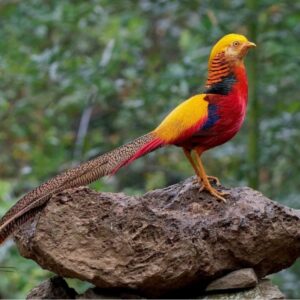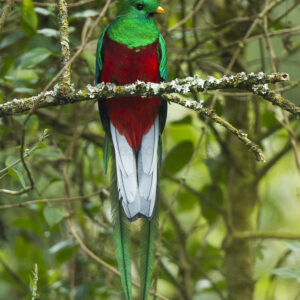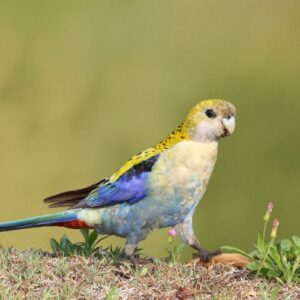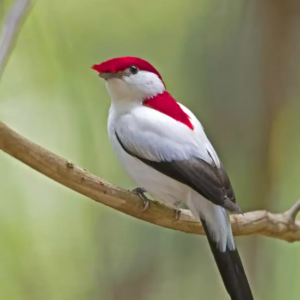Nature never ceases to amaze us with its diverse array of species, each uniquely adapted to its environment.
Today, let’s take a closer look at a truly captivating avian wonder – Ross’s Turaco (Musophaga rossae), a bird that graces the forests of Africa with its striking appearance and melodious calls.
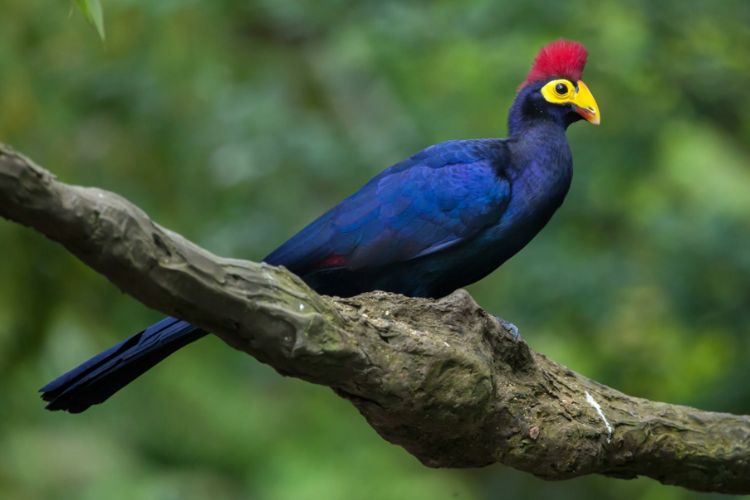
I. Introduction: A Jewel of African Forests Ross’s Turaco, also known as the Lady Ross’s Turaco, is a member of the turaco family, found predominantly in the dense forests and woodlands of Central and East Africa.
With its vivid plumage and distinct features, this bird stands out as a true gem of the avian world.
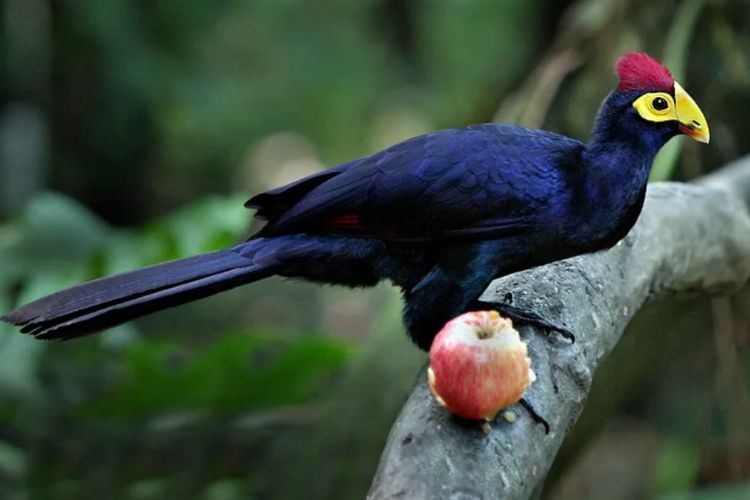
II. Appearance: A Palette of Colors One cannot help but be enchanted by the breathtaking colors that adorn the Ross’s Turaco. Its most striking feature is its brilliant emerald-green plumage that covers its body, contrasted by a snowy white undertail.
The vivid red feathers on its wings and the bold red eye ring create a mesmerizing contrast against the lush green backdrop of its habitat.
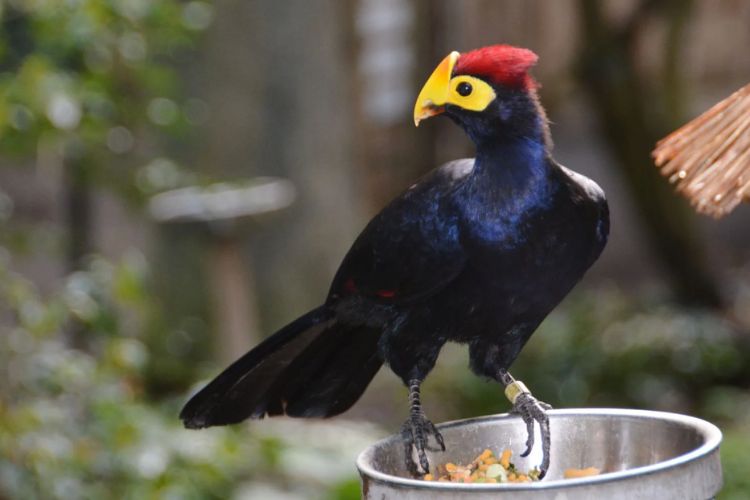
III. Behaviors and Habitat: Life in the Treetops Ross’s Turaco is well-adapted to an arboreal lifestyle, spending much of its time perched high in the trees of its forest home.
They move gracefully among branches, leaping from one perch to another, using their strong feet and sharp claws to grip onto branches. Their diet primarily consists of fruits, which they pluck from trees and bushes, making them important seed dispersers in their ecosystems.
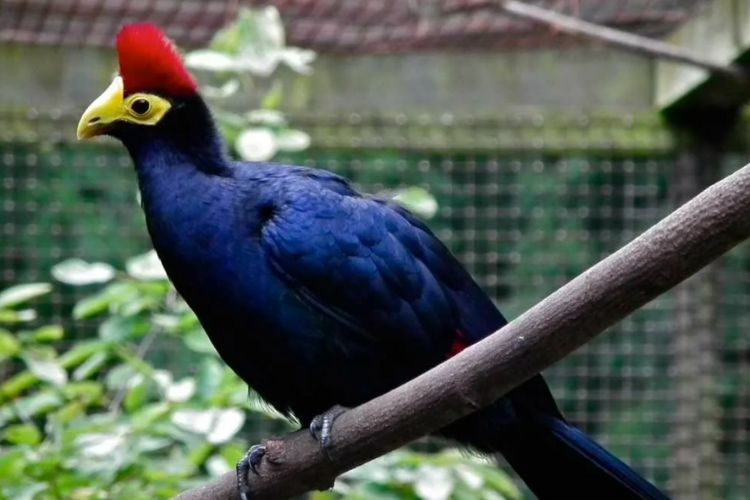
IV. Calls and Communication: Nature’s Melody One of the most enchanting aspects of the Ross’s Turaco is its melodious call. Their vocalizations are a symphony of soothing notes that echo through the forest.
These calls serve multiple purposes, from establishing territory to communicating with other members of their species. Their enchanting calls contribute to the overall auditory richness of the African rainforests.

V. Conservation Status: Guardians of the Forests Like many species, Ross’s Turaco faces threats to its existence due to habitat loss caused by deforestation and human encroachment. Conservation efforts are crucial to protect their habitats and ensure the survival of this magnificent species.
Organizations and initiatives are working tirelessly to raise awareness and promote the preservation of their forest homes.
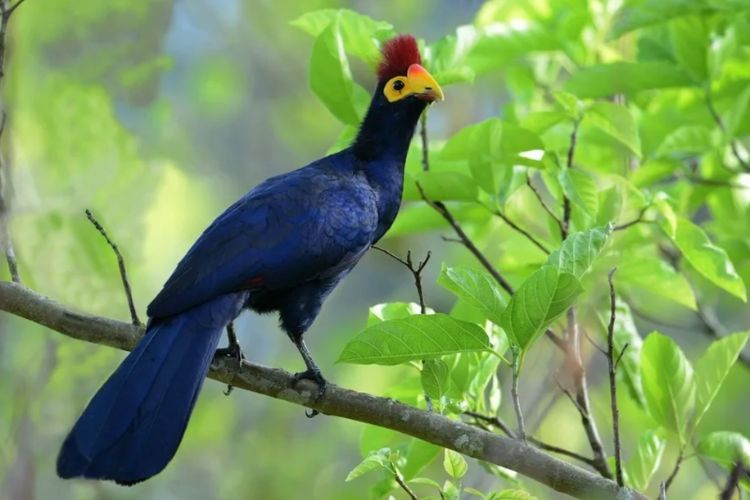
In conclusion, Ross’s Turaco stands as a testament to the wonders of nature, captivating us with its vibrant colors, graceful behaviors, and enchanting calls.
As we marvel at this avian masterpiece, let us also reflect on the importance of preserving the delicate ecosystems that these birds and countless other species call home.
